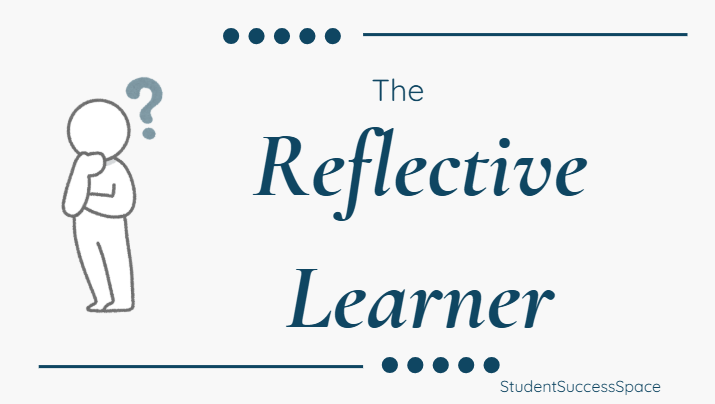Reflective learners need time to process and think about what they’ve learned. They prefer to review information in a quiet, relaxed environment and think about how it applies to their own experiences or how it fits within a broader context.
How to Apply the Reflective Learning Style:
- Keep a reflective journal: After learning new information, take time to reflect on what you’ve learned. Write about how it connects to your previous knowledge and how it might apply in the future.
- Take time for deep thinking: Rather than rushing through the material, spend time processing the information. Reflect on key concepts, ask yourself questions, and connect the material to personal experiences.
- Engage in mindful review: Review your notes or materials slowly and methodically, taking breaks to reflect on each piece of information and its significance.
- Discuss your reflections: Share your thoughts with a mentor, teacher, or friend who can help you articulate and refine your understanding.
Reflective learners thrive when given time and space to process information, preferring quiet environments where they can connect new knowledge to personal experiences and broader concepts. Strategies such as journaling, deep thinking, mindful review, and thoughtful discussion support their learning by encouraging deliberate reflection and meaning-making.






No responses yet